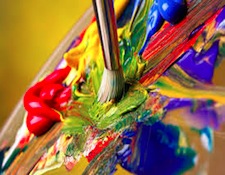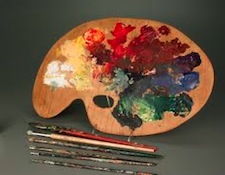It’s the time of year for saving money!

For many years I made a good living as a commercial
photographer. One of the expressions that came from the photography world is,
“the lens is the brush while the camera is the palette.” This same phrase can
be adapted for audio where “the microphone is the brush and the recording
medium is the palette.”
Lenses, just like microphones, have different angles of view
or angles of acceptance. Most lenses, just like microphones, have certain
strengths and weaknesses, and none are perfect. And just as it takes a good
photographer to utilize a lens to its fullest potential, it takes a good
recording engineer to use a microphone to achieve maximum fidelity.
Cameras, like recording devices, come in all sizes, shapes,
and most-importantly, resolution levels. The higher the camera or recording
device’s resolution, the more it will show off exactly what the lens or
microphone has in front of it. And because of this, there’s always the
possibility that a high-resolution camera or recorder will also highlight a
lens or microphone’s shortcomings.

We can also carry this brush and palette analogy into a
sound reproduction system – here the source is the brush and your speakers and
room are the palette. And just as you can ruin a great color by mixing it with
another, not-so-great color, you can ruin a good source by attaching it to a
badly set-up stereo system. Conversely, if you have a mediocre source and hook
it up to a very transparent system, it won’t sound as good as it should because
the system lets you hear the source’s flaws. What is needed is a fine brush coupled
to a revealing palette.
Some photographers fixate on the lens just as some
audiophiles fixate on the source, but only when the brush and the palette are
of equal quality can you get the best out of both of them.





